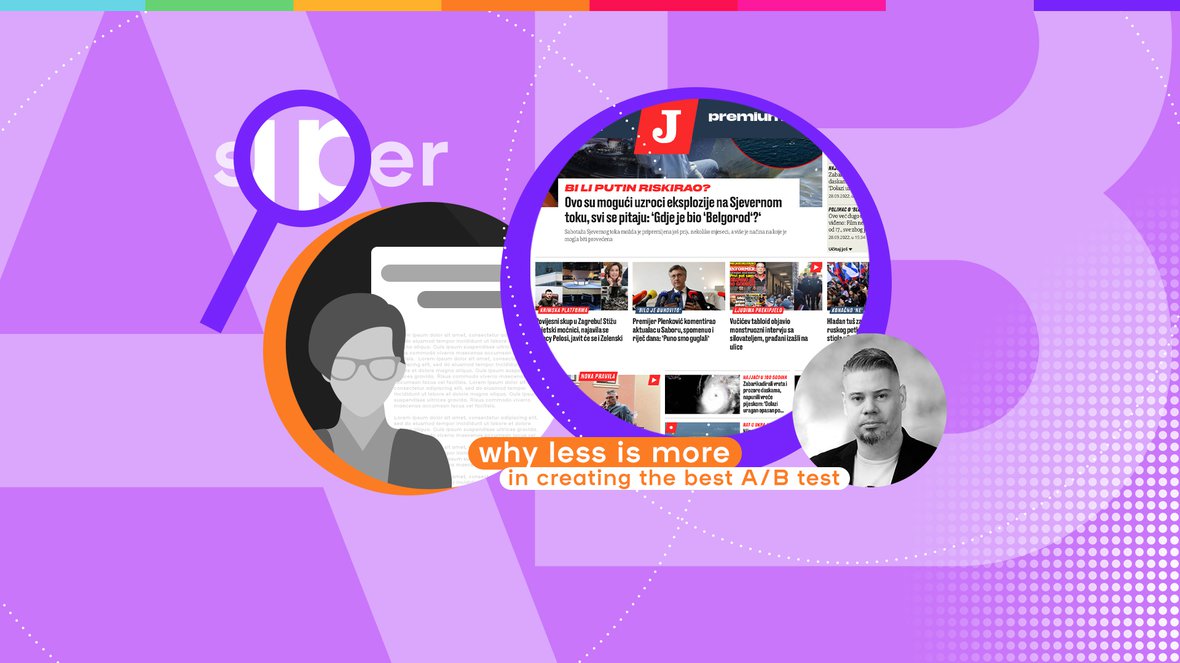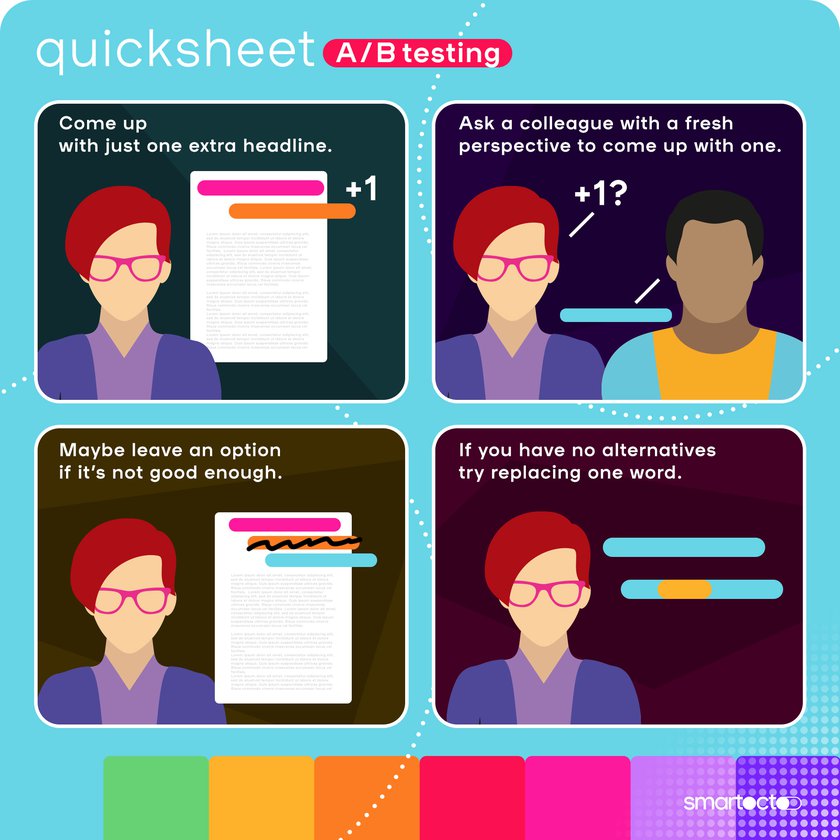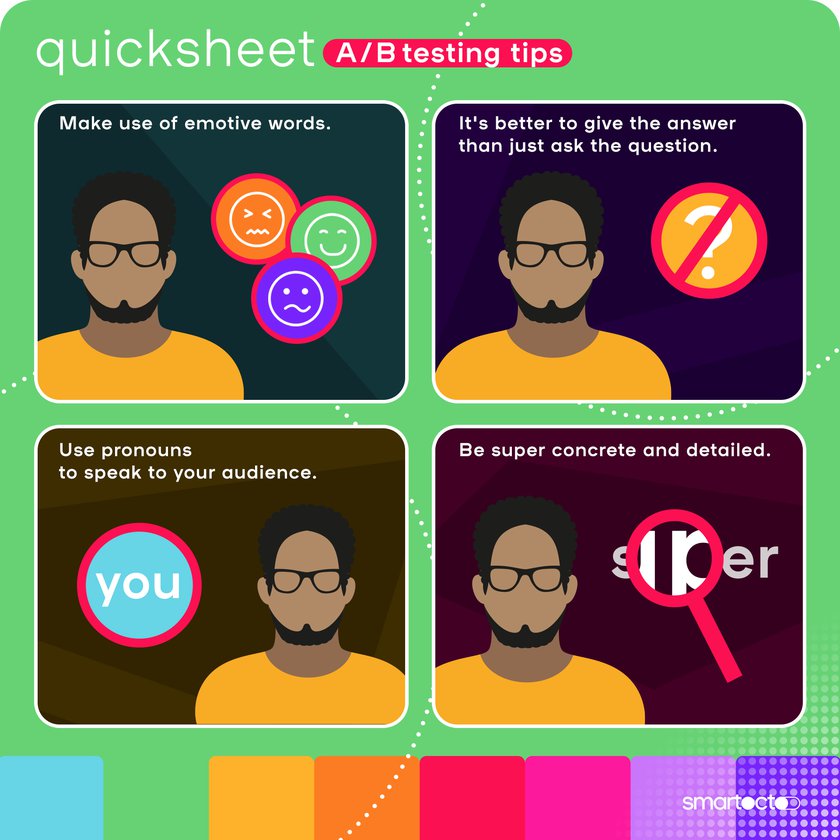You might think you already know what a good A/B test is: just try out a couple of headlines and find out which one generates the most clicks. But there is more. Less is more, in fact.
Almost all big news organisations use A/B testing tools to optimise their content strategy. But testing which headline your audience fancies the most isn’t just about generating more clicks. With smartocto Tentacles you can also test loyalty.
To find out how to do a good A/B test, we spoke to Ivan Zrinjski, who specialises in doing this at the online newsroom at the Croatian newspaper, Jutarnji list (part of Hanza Media).





